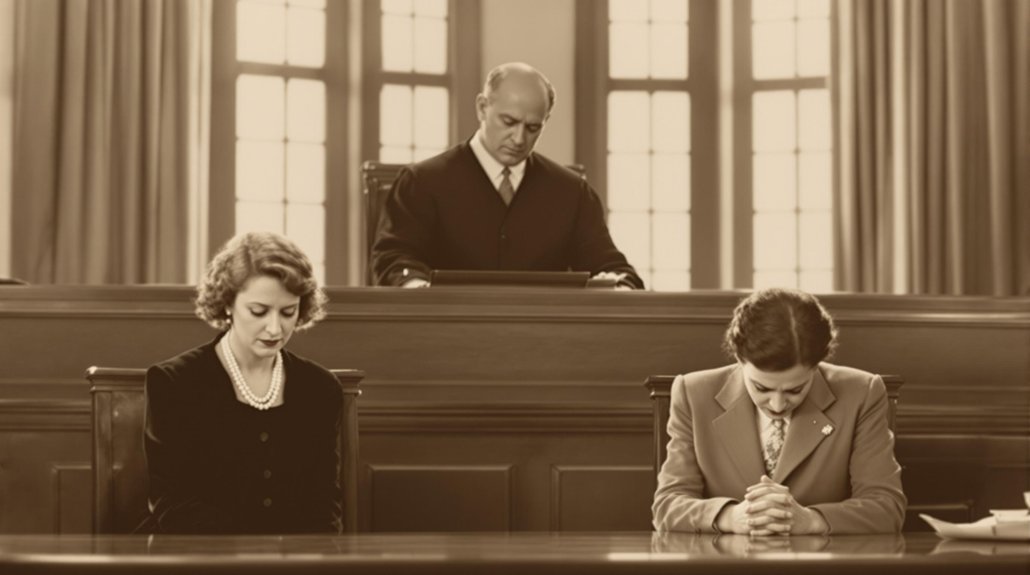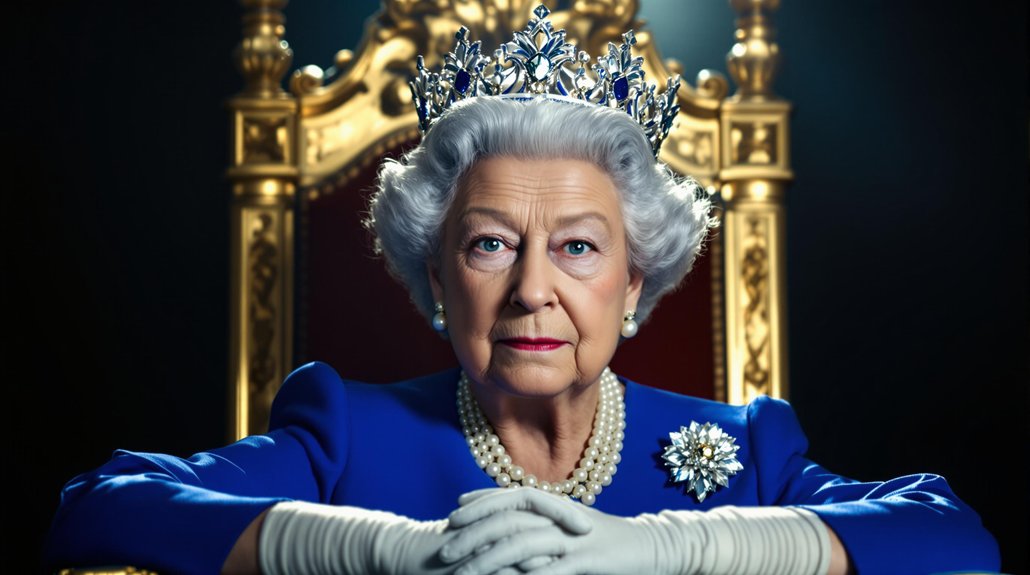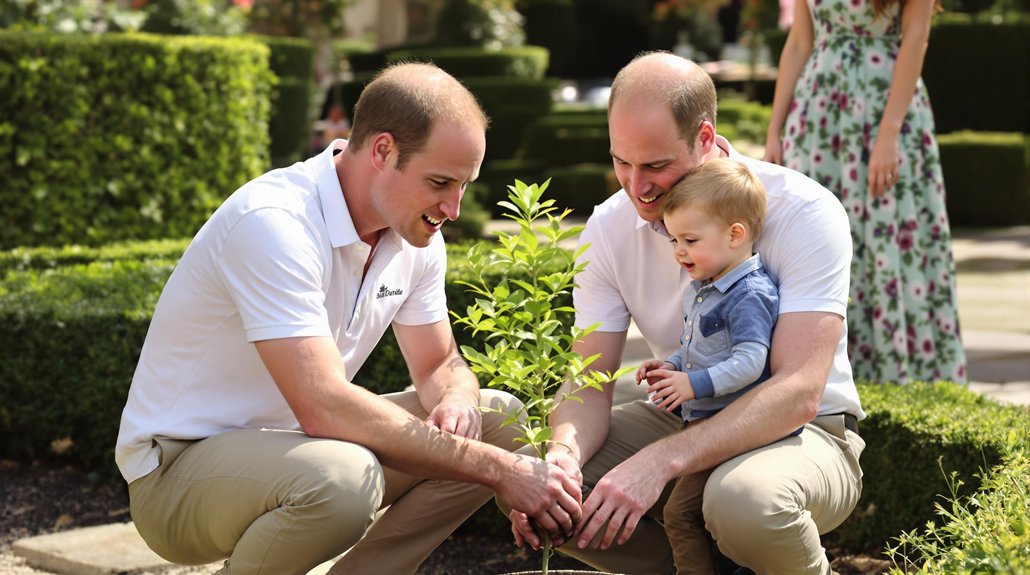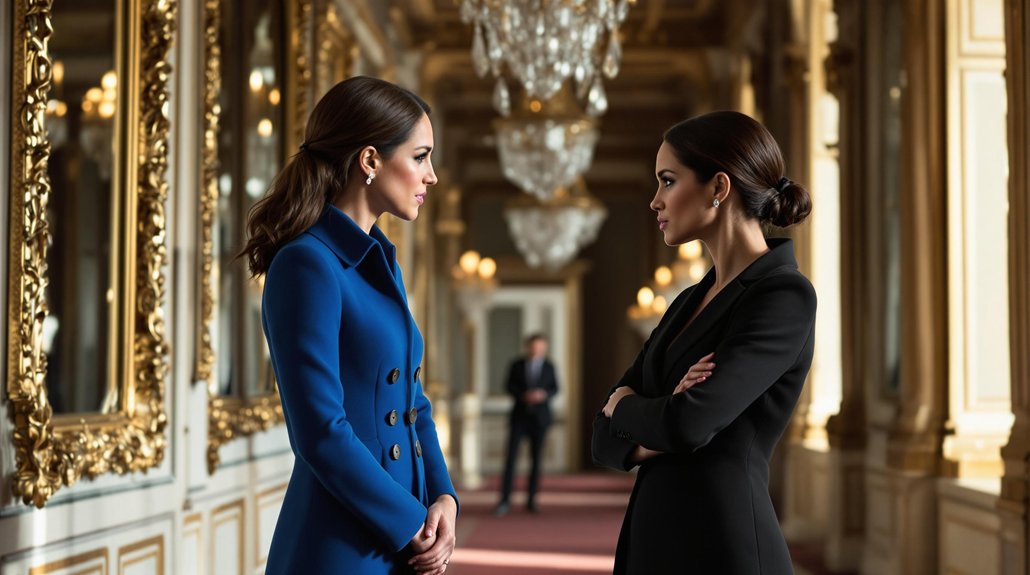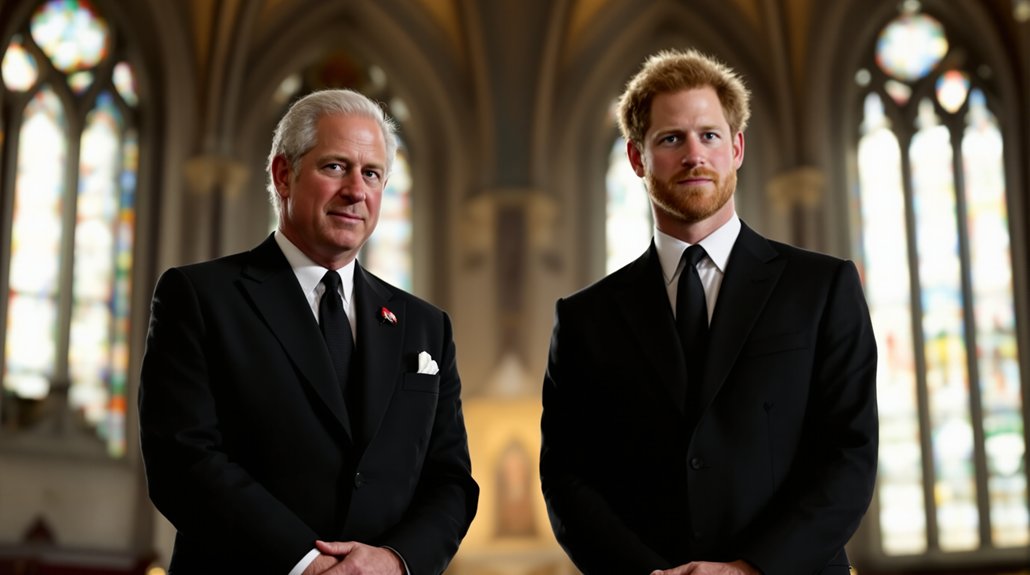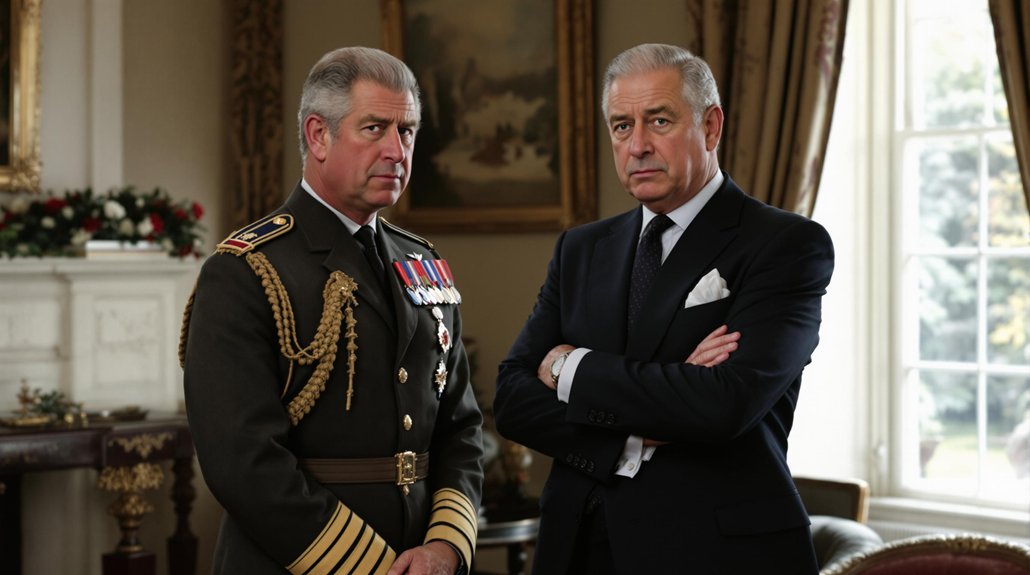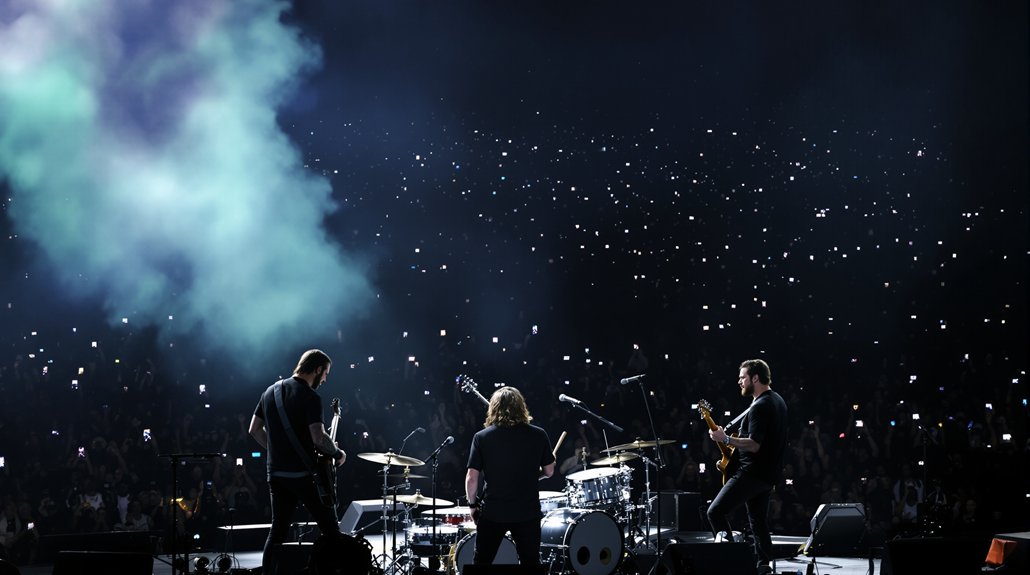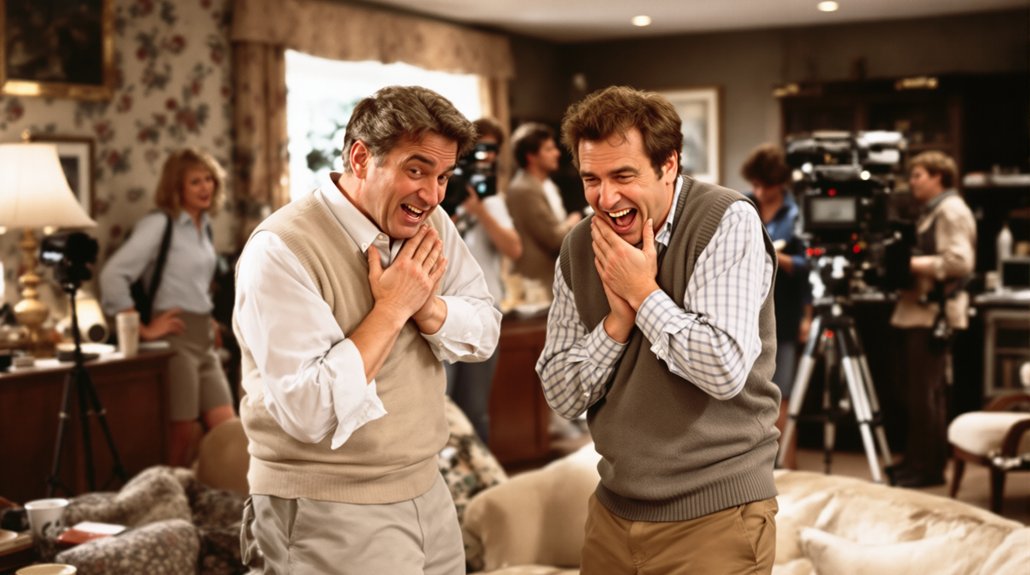In 1969, Ruth Roche, Baroness Fermoy, testified against her own daughter Frances Shand Kydd in a custody battle that awarded John Spencer custody of eight-year-old Diana and her siblings. The grandmother’s betrayal, deeming Frances an unfit mother, shocked observers and forever altered family dynamics. This traumatic experience profoundly shaped Diana’s psychological development and later influenced her determination to secure custody arrangements for Prince William and Prince Harry during her own 1996 divorce proceedings, creating generational parallels that reveal deeper complexities within this royal family saga.
While Princess Diana‘s highly publicized divorce from Prince Charles in 1996 dominated international headlines, the custody arrangements that emerged from their separation represented just one chapter in a life marked by complex family legal battles.
Decades earlier, Diana experienced firsthand the devastating consequences of custody disputes when her own parents’ marriage collapsed in 1969, setting a precedent that would profoundly influence her understanding of family dynamics and legal proceedings.
Diana’s childhood custody trauma shaped her fierce determination to protect her own sons from similar devastating family separations.
The custody battle between Diana’s parents, John Spencer and Frances Shand Kydd, took an unexpected and brutal turn when Diana’s maternal grandmother, Ruth Roche, Baroness Fermoy, chose to testify against her own daughter in court.
This extraordinary family betrayal shocked observers, as Baroness Fermoy publicly declared Frances an unfit mother, effectively supporting John Spencer’s case for custody of Diana and her three siblings.
The court ultimately awarded custody to John Spencer, leaving Frances without her children and Diana without her mother during essential formative years.
This traumatic experience created deep psychological wounds that would influence Diana’s relationships throughout her life, particularly her fierce determination to maintain close connections with her own sons following her divorce from Prince Charles. The name Diana carries multiple associations across different contexts, reflecting the complexity of her legacy and the various ways she is remembered in historical records.
When Diana’s marriage to Charles deteriorated in the late 1980s and culminated in their December 1992 separation announcement by Prime Minister John Major, custody arrangements became a central concern.
The divorce settlement, finalized in August 1996, established shared custody of Prince William and Prince Harry, allowing Diana to retain full access to her children while maintaining residences at Kensington Palace. During this period, Diana confronted Camilla at a birthday party, directly stating “I know what’s going on between you and Charles” in what became a defining moment of the royal marriage crisis.
Unlike her mother’s devastating loss, Diana’s legal representation by Anthony Julius successfully negotiated arrangements that preserved her maternal role.
The settlement included a £17 million lump sum, annual stipend of approximately £400,000, and continued access to royal accommodations, ensuring stability for her children’s upbringing.
The parallels between Diana’s childhood trauma and her own divorce proceedings underscore how custody battles can reverberate through generations.
While Diana ultimately secured better outcomes than her mother, losing her “Her Royal Highness” title while retaining “Princess of Wales” reflected ongoing tensions within royal family dynamics that would persist until her death in 1997.
